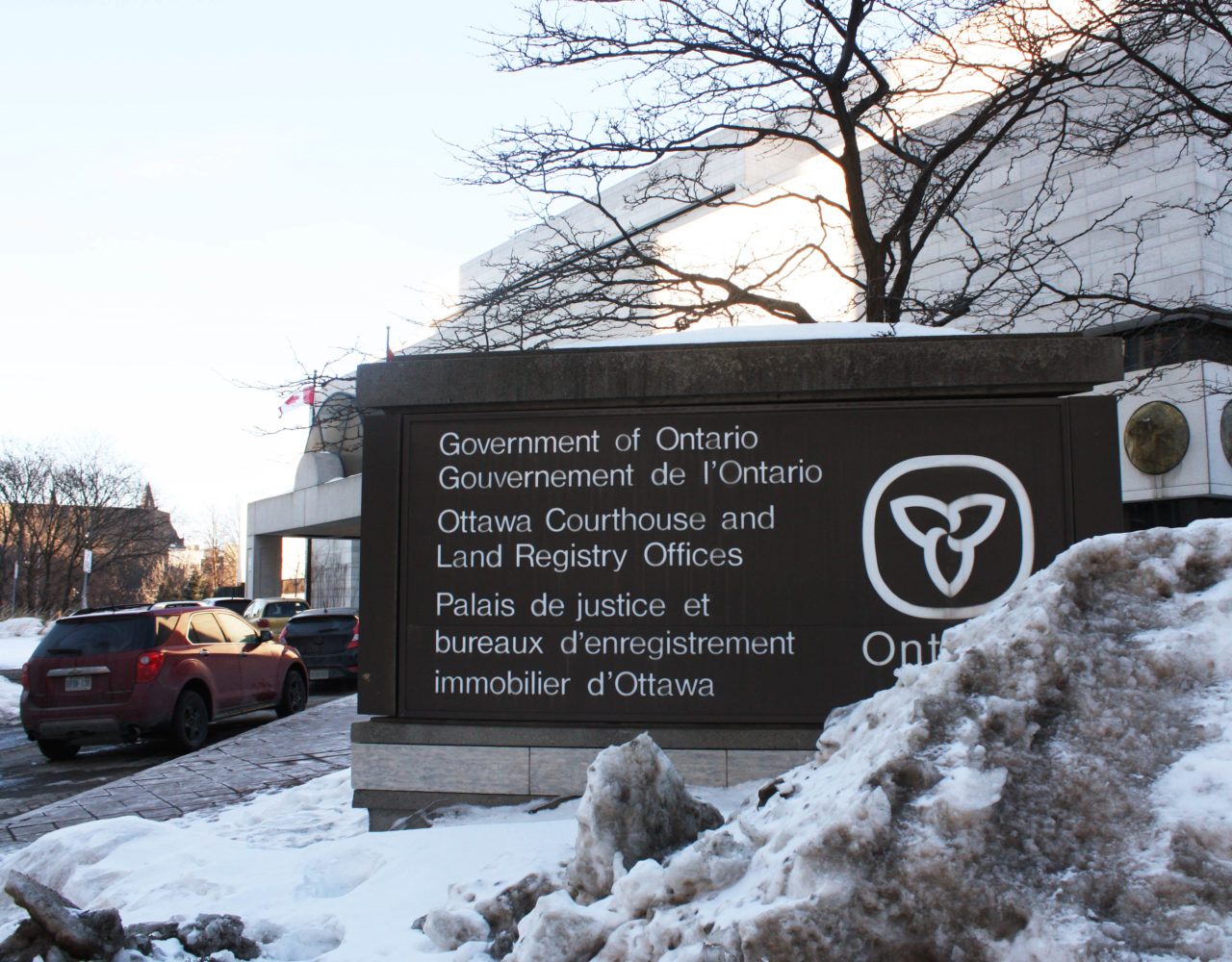The Ontario Universities and Colleges Coalition (OUCC) issued a press release opposing the Ford government’s performance-based funding model earlier this month.
The OUCC consists of eight organizations, including the Canadian Federation of Students Ontario (CFS-O) and the Ontario Confederation of University Faculty Associations (OCUFA), and represents over 435,000 faculty, staff, and students from every public post-secondary institution in Ontario.
The proposed performance funding model will tie 60 per cent or over $3-billion of post-secondary funding to each institution’s “performance” against a set of arbitrary metrics. The government has put forward 10 metrics or measures that it will base funding on.
Out of the 10 metrics put forward by the government, six focus on skills and jobs, and four of them are tied to what the government describes as community and economic impact, said Ian McRae, the government relations and policy coordinator for CFS-O.
The six metrics related to skills and job outcomes are: graduate earnings, number and proportion of graduates in programs with experiential learning, skills and competencies, proportion of graduates employed full-time in a related or partially-related field, proportion of students in identified area of strength, and graduation rate.
The metrics are an excuse to cut university budgets, and do not measure student experience and quality, said Rahul Sapra, the president of the OCUFA.
“These metrics—experiential learning— it cannot be measured,” he said.
“How we measure these metrics is something that the Ford government has not made clear, and most of these metrics are arbitrary and beyond the control of the university performance.”
According to McRae, the metrics are also problematic because graduate earning, graduate employment, and graduation rates are affected by a variety of things.
The government would look at Statistics Canada’s data of people graduating from an institution, and would use that as a criteria to determine an institution’s success. This is problematic, because “the goal of an institution is not just to educate people who make a lot of money,” McRae said.
“And at the same time, there are certain programs which are naturally going to lead people into jobs which make more or less money. For example, business graduates probably make more than social work graduates,” McRae added.
“But that doesn’t mean that social work, or social workers are any less important or their education should be any less valuable to an institution than a business student.”
Another problem with the performance-based funding model, according to the press release, is its impact on northern and smaller colleges, and marginalized students.
“Part of the issue here is that it takes some people longer to graduate than others,” McRae said.
Certain demographics of students tend to graduate at a lesser rate. Indigenous students are underrepresented in post-secondary education, and probably graduate at a lower rate, said McRae.
“However, the idea is that schools who are able to do these things get money, and those who aren’t able to succeed in these ways are going to have their funding cuts, essentially.”
“There’s a concern that this is going to discourage institutions from focusing on growing enrollment from groups that are traditionally under-represented in cohorts of graduates and people who end up making lots of money,” McRae added.
Performance-based funding has existed before, but the big problem now is it comprises as much as 60 per cent of university budgets, said Felipe Jiyudim Nagata, the chairperson for CFS-O. Previously, performance-based funding made up only two per cent of budgets, and the rest was determined by enrolment and student population.
“We oppose it because education should be something that we cherish altogether, and we invest on to get results later through research and different things,” said Felipe Jiyudim Nagata, the chairperson for CFS-O.
The OUCC is working towards raising awareness about the changes to the funding model across campuses in Ontario, but has not heard back from the government yet.
Feature Image from file.






